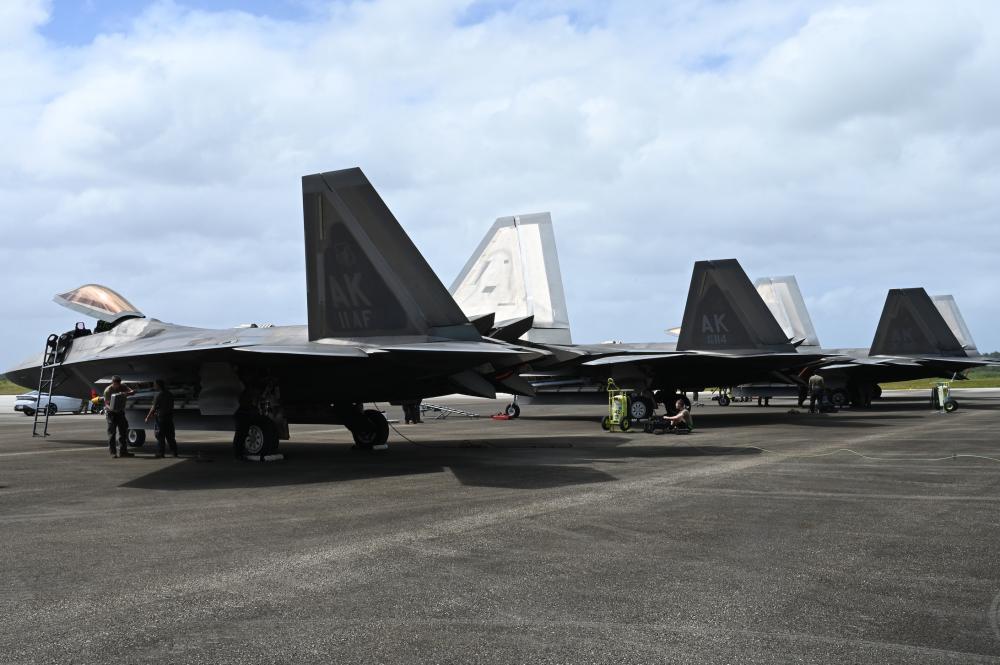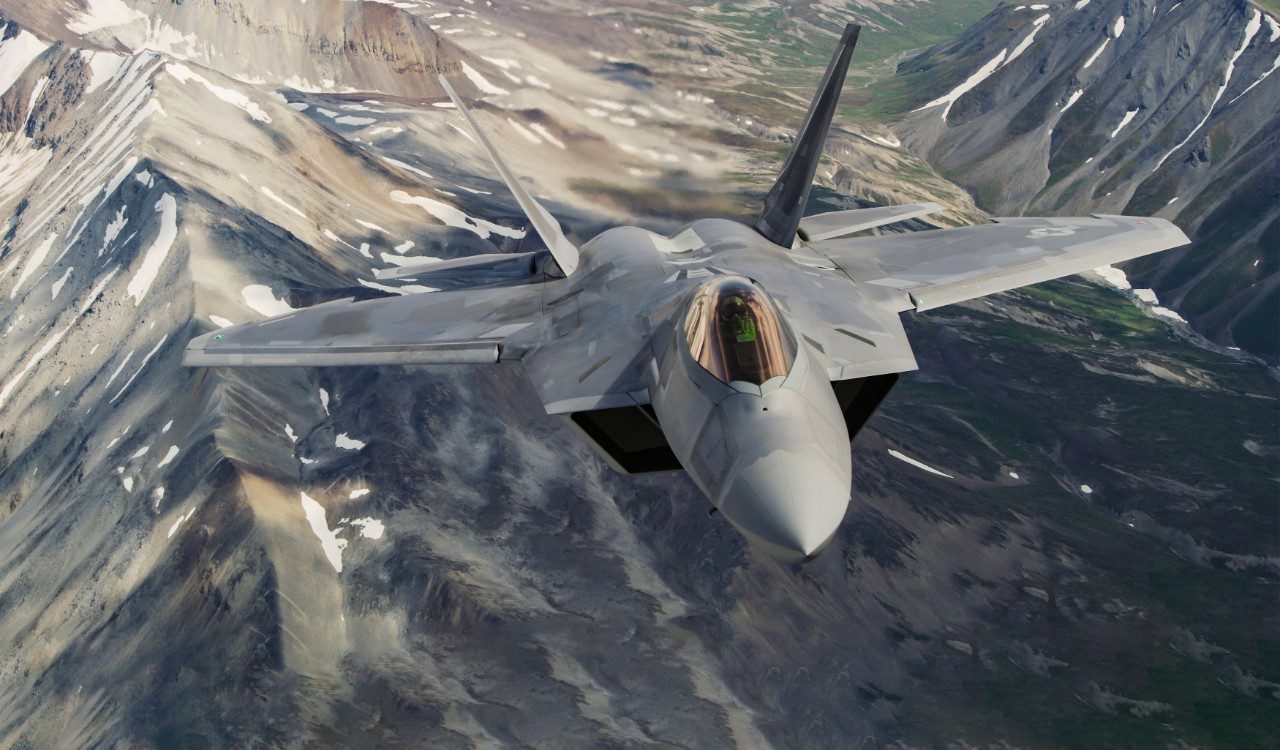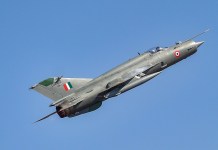For the first time, an unspecified number of F-22 fighters from the 525th Expeditionary Fighter Squadron at Kadena Air Base in Japan have been stationed in the Northern Mariana Islands, a strategically important location close to China.
The Raptors are positioned there to participate in Exercise Agile Reaper 23-1 (AR 23-1). The information regarding the deployment was published on the Defense Visual Information Distribution Service website on March 1.
F-22 Raptors will conduct sorties during the seven-day exercise from locations within the Northern Mariana Islands, the statement said. Jammer, the 525th EFS commander, said, “This is the first time F-22s have ever been on this island.”
The US Air Force is gathering information and developing tactics, techniques, and procedures while going through various training scenarios to educate better how the service fly, fight and win in a modern, contested environment.
Exercise Agile Reaper 23-1 (AR 23-1) was launched on March 1 in Guam and Tinian (a part of the Northern Mariana island chain) by the 3rd Air Expeditionary Wing from Joint Base Elmendorf-Richardson, Alaska.

It is an effort by the 3rd AEW to practice capabilities in an operationally relevant environment, practice Agile Combat Employment, and offer air dominance, global mobility, and command and control in the Indo-Pacific region.
Col. Kevin “Jinx” Jamieson, the 3rd Air Expeditionary Wing commander, said the exercise’s primary goal is to evaluate the team’s expeditionary abilities in a simulated, contested, degraded, and operationally constrained environment.
During this event, maintenance staff and aircrew from the 525th EFS function out of Tinian while airlift and refueling aircraft support activities are conducted from Andersen Air Force Base, Guam, and Kadena Air Base, Japan.
On November 4, the US Air Force transferred F-22A fighter aircraft to the Kadena Air Base, Japan. That being said, Guam and the Northern Mariana Islands serve as well-defended strategic sites necessary for strategic movement into and throughout the INDO-PACOM region.
The USAF officers believe that the 3rd Wing’s training in an operationally relevant environment will improve the service’s capability and preparedness to protect the US and its allies against any prospective adversary, including China, in the region.
Guam And Tinian Are Crucial From A Strategic Perspective
Amid escalating hostilities with China, the United States is rapidly growing its presence in the Indo-Pacific region. Guam and Tinian would serve as critical locations for the US military in the event of a conflict.
The Mariana Islands, also called the CNMI, are located at the westernmost point of US territory. As such, the group of islands extends into the Pacific Ocean roughly 4,000 miles west of Hawaii.
The United States has a sizable military presence on Guam (administratively and geographically a part of the Mariana Islands), including Camp Blaz, a new Marine Corps base. It is a new USMC installation established almost after 75 years and will eventually be home to 5,000 Marines.
In recent years, the Marine Corps’ focus has switched to countering threats from China. Marines are constantly positioned in the area to dissuade the Chinese military as a part of the Force Design 2030, the comprehensive overhaul of the service devised amid the increased focus on the Indo-Pacific.

It is important to note that the Andersen Air Force Base, situated in Guam, is one of the major air bases in the western Pacific. It is the only base west of Hawaii to support the B-1 Lancer, B-2, and B-52 strategic bomber platforms.
Tinian is ideally situated to serve as a divert airfield around 120 miles northeast of Guam. Thus, Tinian could also serve as a backup site if Guam’s support infrastructure is unavailable due to a natural disaster—or conflict.
In 2016, the then-chief of staff of the Air Force was cited in an article by the American military newspaper Stars and Stripes as saying that the CNMI gave the US Air Force a chance to carry out either temporary or sustained refueling operations from an additional location in the region.
“It will also give us another location to use when supporting contingency or natural disaster responses in the region,” the then Chief of Staff of the Air Force said.
- Contact the author at ashishmichel(at)gmail.com
- Follow EurAsian Times on Google News




